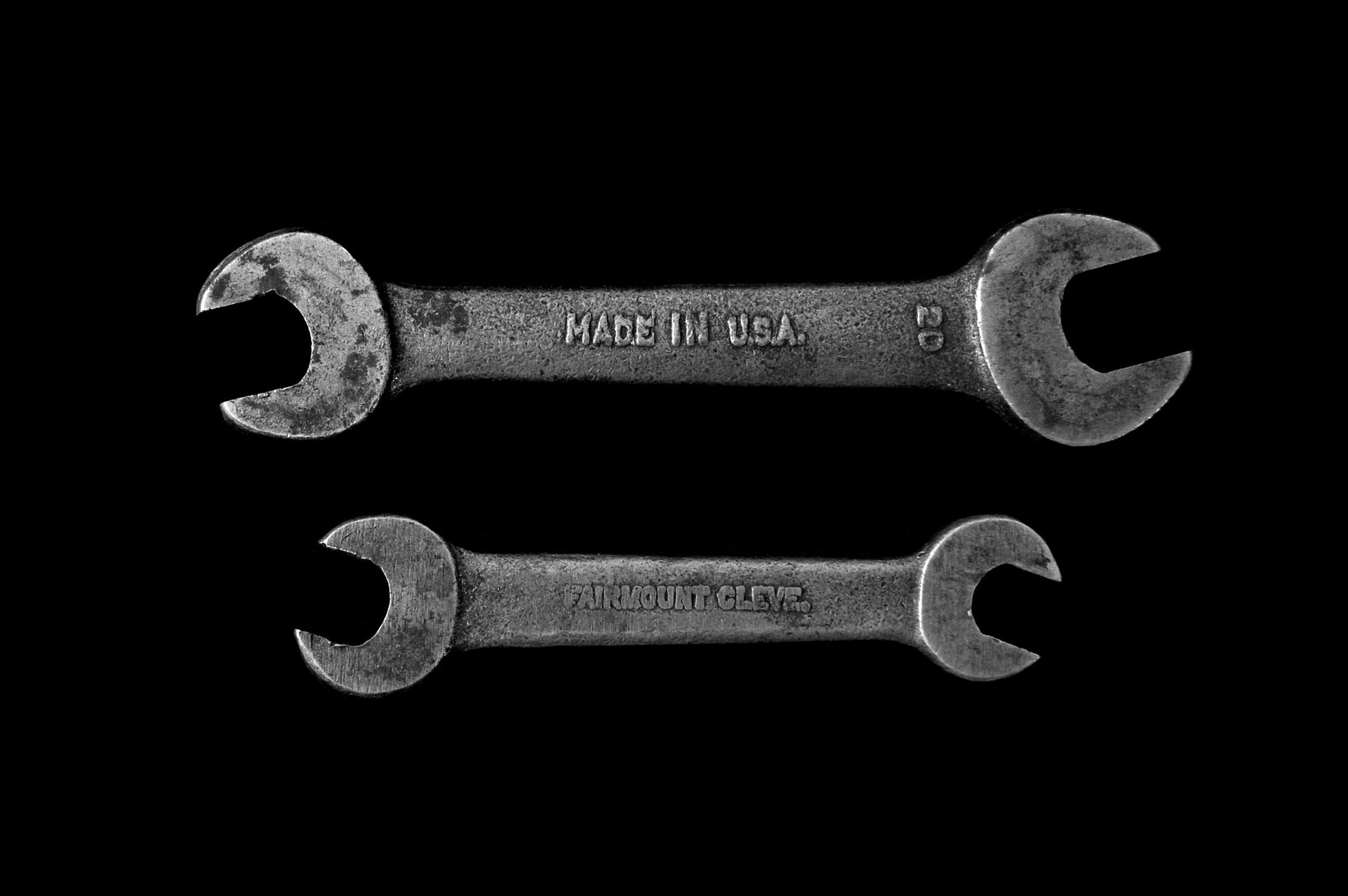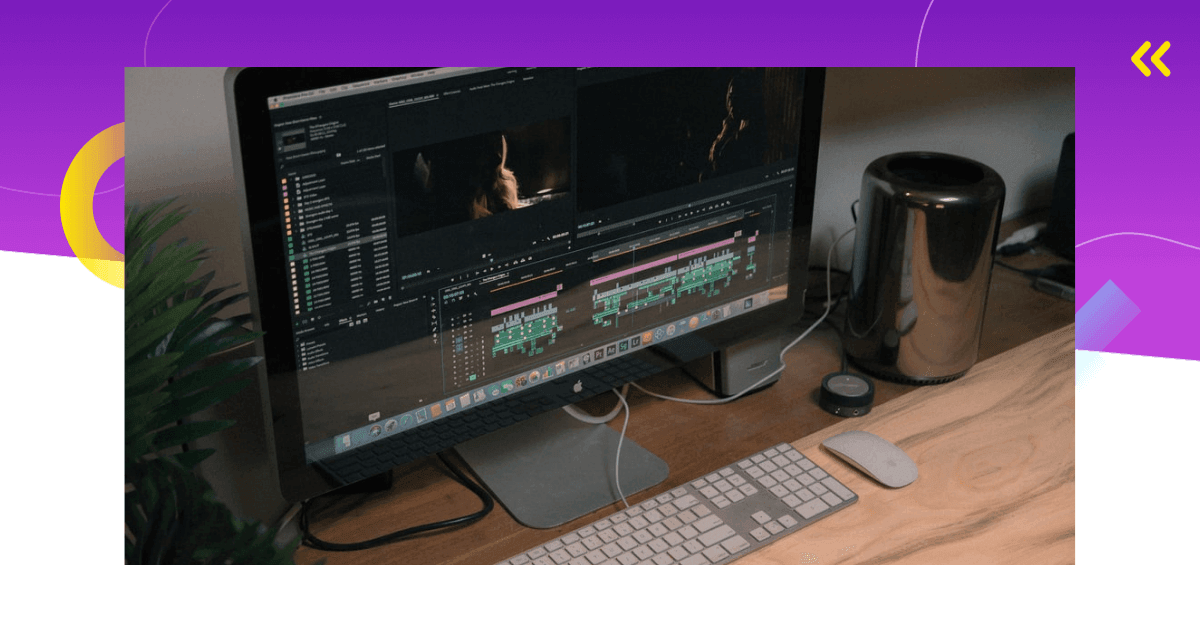Funnel, noun [ C ] UK /ˈfʌn.əl/ US /ˈfʌn.əl/, an object that has a wide round opening at the top, sloping sides, and a narrow tube at the bottom, used for pouring liquids or powders into containers with narrow necks. So, it makes sense that the sales process is often visualized as a sales funnel.
In the sales funnel, you’ll have all of your potential customers at the top of the funnel. A small percentage of the ones who actually purchase your product or service, they have ended up on the bottom of your funnel. To simplify, the funnel represents each step in the process before finally becoming your customer. The sales funnel can be compared to the traditional AIDA (awareness, interest, desire, action) model, an absolute 101 in marketing education.
Sales funnel has three parts – top, middle and the bottom
Top of Funnel (TOFU)
Top of the sales funnel represents all of the customers that interacted with your brand. They could be looking for information or they simply stumbled upon your brand on social media. Essentially, at this stage, the priorities are search engine optimization and strong social media presence.
Middle of Funnel (MOFU)
In the middle of the funnel, you’re trying to get to know your customers and allow them to get to know your product. The crucial thing in this phase is having a high converting landing page. When interest is created, it’s time to offer lead magnets to prospective customers such as free trials of your product or send emails
Bottom of Funnel (BOFU)
This is the last step, and if your sales funnel is properly optimized, you have converted visitors into customers. At this point, to capture those leads, use remarketing campaigns. Whether you want to show your product while they are actively searching on Google, or scrolling through Facebook, this is an important step towards the desired conversion.
What is funnel mapping?
Watching the funnel diagram, you could assume that the customer path is the same. But in reality, the customer path is anything but linear.
The chances are, a customer probably won’t make a purchase immediately after visiting your store. Sometimes it takes days, weeks or even months until people come back to your funnel and convert. Customers will usually want to check out other options until making the final decision.
Funnel mapping is a visual representation of your sales funnel. In the funnel map, you’ll have listed all the elements of your marketing efforts: traffic sources, ad networks, funnel stages, customer touchpoints, landing pages…
Why should you use a funnel mapping tool?
- It will enable you to make changes in your sales funnel.
- You can easily share insights with your team.
- You can easily access it online.
- It presents your sales funnel in a professional way.
- Keeps your ideas organized and systemized.
Funnel mapping tools to consider:
1. ClickFunnels
ClickFunnels is known to be an industry-standard tool for beginner entrepreneurs. If you have no idea where to start with creating a funnel, this tool’s wide range of features allows you to build everything from scratch using this tool only. Basically, if you’re looking for a copy-paste funnel tool, ClickFunnels offers you the option to pick from a wide variety of existing templates, but also a possibility to create custom solutions with help from an expert.
Features:
- Simple landing page editor
- Sales funnel builder
- Smart shopping cart
- Marketing automation tool
- Simple sharing
Pricing: A free two-week trial, other plans starting from $97 a month
2. Google Drawings

It’s not a lie that we love Google’s products. Google Drawings is free diagramming software. With this tool, you can draw a simple chart, while choosing the shapes, colors, arrows and adding text.
Features:
- Collaborate on a same project with team members
- Comment
- Upload images
- Simple sharing
Pricing: Free
3. Mindmeister

Online mind mapping tool that allows you to express your ideas visually. With more than 10 million users, it’s one of the most often used tools. It is completely web-based, so you’ll be able to access it from your browser, with no need for installations.
Features:
- Cloud-based (no installations)
- Sharing the projects with the team
- Create presentations
- Simple project management integrated
- Share on social media
Pricing: Free for up to 3 mind maps, other plans starting at €4.99 per month
4. Funnelytics.io

While some of the tools listed in this article can be used for a variety of needs, this tool is specialized for funnel mapping and visualization.
Features:
- Simple to use
- drag-n-drop templates
- Sharing with team members
- Export to png option
- Funnel mapping
- Funnel customization
Pricing: Funnelytics starter is free to use, while Funnelytics PRO costs $695/year
5. Lucidchart

Simple online chart & diagrams creation tool. It is completely web-based, with no download needed. With Lucidchart, you can create simple flowcharts, complex technical diagrams and everything in between. It can easily be integrated with G Suite, Microsoft Office, Atlassian, and other leading apps to maximize your productivity.
Features:
- Password protection
- Integration with other leading apps (G Suite, Microsoft Office…)
- Integrated spell checker
- Connect live data to your diagrams
- Simple to use
Pricing: there is a free version with limited functions and a free trial, while the paid plans start at $4.95/mo.
6. Sketchfunnels.io

Web-based software allowing you to sketch your funnels instantly with a drag-n-drop functionality. With more than 130 black and white funnel pieces you’ll find one perfect for your presentation. You can use Sketchfunnels.io to brainstorm new ideas for landing pages to sales and product launch pages.
Features:
- Web-based
- Simple to use (drag-n-drop)
- More than 130 templates to choose from
- Affiliate program
- Exporting
- Sharing your sketches with other Sketchfunnel.io members
Pricing: FREE for 30 days, after that $9 per month or $79 for the year
7. Funnel Flows

This funnel mapping tool is specialized in creating a sales funnel. With Funnelflows, you’ll be able to build marketing funnel flowcharts. Software is simple to use with plenty of templates that cover almost any type of funnel chart you might need: lead capture funnel, sales funnel, webinar funnel, launch funnel, high ticket funnel, survey funnel, speaker funnel…
Features:
- Web-based
- Share links
- Create presentations of your funnels
- Upload images
Pricing: Free 14-day trial, after that $19 monthly or $190 yearly
8. Sketchboard.io

Endless online whiteboard. You can collaborate with your team on projects in real-time and get immediate feedback. There are more than 400 sketch shapes to choose from so you’ll be able to find one for every idea you might have. It is integrated with the tools you like for easier sharing and collaboration.
Features:
- Team collaboration
- Work on projects in real-time
- Backups of your projects so nothing gets lost
- Integrated with Slack, GitHub, Google Drive…
Pricing: Automatically you’re on a free plan with 3 private boards, up to 5 users, Starter plan is $14/month for 3 users. The free plan is free to use for a public project, to collaborate on a private project you’ll need to upgrade on one of the paid plans.
9. Creately

Easy web-based tool with more than 50 types of predefined diagrams. It offers you real-time collaboration on projects with your team members. It is integrated with your favorite tools like G Suite and JIRA to make your work easier. Trusted by NASA, National Geographic, Paypal and other major companies.
Features:
- Web-based desktop and mobile version
- Easy to draw
- Thousands of templates
- Smart shapes
- Collaborate with anyone
Pricing: Free for up to 5 public diagrams, a personal plan is starting at $5 per month and all Creately Plans come with a 30-day money-back guarantee.
10. Cacoo

Cloud-based diagram software. You can start working on your funnel drawings immediately and access your diagrams from anywhere. It is great for teams since you can use Cacoo to collaborate in real-time and share and edit the same diagram, at the same time. With track versions, you can save multiple versions of your diagram. You can also leave comments for other team members.
Features:
- Web-based
- Real-time collaboration
- Comments tracking
- Revision history
- Integrated with other tools
Pricing: 14-day trial for paid versions, free for up to 6 sheets and up to 3 collaborators
11. AWW App

Web-based whiteboard with a basic free version and a premium version. In the free version, you can’t save boards and they will disappear after 2 hours of inactivity. If you want to export your drawing in PDF, they’ll have a watermark. In the premium version, you get an unlimited number of premium boards.
Features:
- Unlimited space
- Works on any mobile device
- Visualize the big picture on the dashboard
- Upload and download PDF files
- Link the whiteboard to Skype and extend your conference calls
Pricing: premium plans start at $10 per month for personal users and $75 per month for organizations
Sales Funnel: Final Thoughts!
Among the 11 listed tools, you’ll surely find one fit for your needs. It all comes down to what you need and how much resources you have. There are completely free tools like Google Drawings, while almost every tool offers a simple free version with limited functions. If you need more functions, storage space or you want your projects to be private, you’ll need to upgrade your plans.




![Top 11 Mobile Intelligence Providers [Pricing Included]](/static/0e4f14bdef6ce961ec3302e21c4bf275/0ccb9/mobile-inteligence-providers.png)


Comments